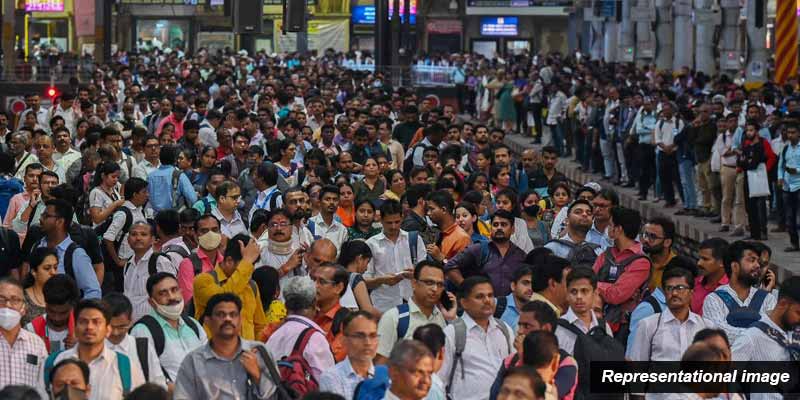- India
- May 01
Explainer - What is caste census?
• The Cabinet Committee on Political Affairs, chaired by Prime Minister Narendra Modi, has decided to include caste enumeration in the next population census.
• The last nationwide census was completed in 2011 and the next one was to commence in April 2020, but got delayed due to the Covid-19 pandemic.
• As per Article 246 of the Constitution of India, Census is a Union Subject listed at 69 in the Union List in the Seventh Schedule.
• Some states like Bihar, Telangana and Karnataka have conducted surveys to enumerate castes.
• The Centre has decided that caste enumeration should be included in the main census instead of being conducted as a separate survey.
• However, it is yet to be decided when the exercise would be carried out.
What is caste census?
A caste census involves the systematic collection of data on the caste identities of individuals during a national census exercise. In India, where caste has historically shaped social, economic, and political dynamics, such data can provide insights into the demographic distribution, socio-economic conditions, and representation of various caste groups. This information can be used to inform policies on affirmative action, reservations, and social justice.
What is its historical context?
The British colonial administration included caste enumeration in census exercises conducted every decade between 1881 and 1931. These surveys categorised the population by caste, religion, and occupation, providing detailed demographic data. The exercise was partly driven by the colonial need to understand and govern India's complex social structure.
After India gained independence in 1947, the first census of independent India in 1951 marked a significant departure. The government, under then Prime Minister Jawaharlal Nehru, decided to discontinue caste enumeration except for Scheduled Castes (SCs) and Scheduled Tribes (STs). This decision was rooted in the belief that focusing on caste could perpetuate divisions and hinder national unity in a newly independent nation.
A decade later, in 1961, the central government allowed states to conduct their own surveys to prepare state-specific lists of Other Backward Classes (OBCs). This was in response to demands for affirmative action for socially and educationally backward groups beyond SCs and STs. However, no nationwide caste census was undertaken.
In 2011, the UPA government conducted the Socio-Economic and Caste Census (SECC), the first attempt since 1931 to collect caste data nationwide. However, the caste data from SECC 2011 was never fully released or utilised, leading to criticism from opposition parties and caste-based organisations.
In the absence of a national caste census, states like Bihar, Telangana, and Karnataka have conducted their own caste surveys in recent years. These surveys aimed to gather data to support state-specific reservation policies and welfare programmes.
Significance of caste census?
• The inclusion of caste data in the upcoming census is poised to have far-reaching implications for governance, electoral politics, and India’s ongoing struggle with inequality.
• A caste census is more than a demographic exercise. It is a politically charged issue with deep social implications.
• The inclusion of caste in the census could have far-reaching implications for reservation policies, political representation, and social justice initiatives.
• It may also reshape electoral strategies, as parties vie for support from various caste groups.
• Much of access to essential services in India — like education, healthcare, nutrition, and social protection — is shaped by structural inequalities of caste, region, religion, and economic status.
• A caste census is critical to uncover these intersectional disparities and to design policies and programs that are truly equitable and inclusive, said activists.
• Accurate caste data can help tailor affirmative action policies, such as reservations in education and jobs, to address current socio-economic disparities.
• Many consider caste census essential to identify and uplift marginalised communities.
• However, people also warn that it could entrench caste identities and deepen divisions.
Manorama Yearbook app is now available on Google Play Store and iOS App Store


